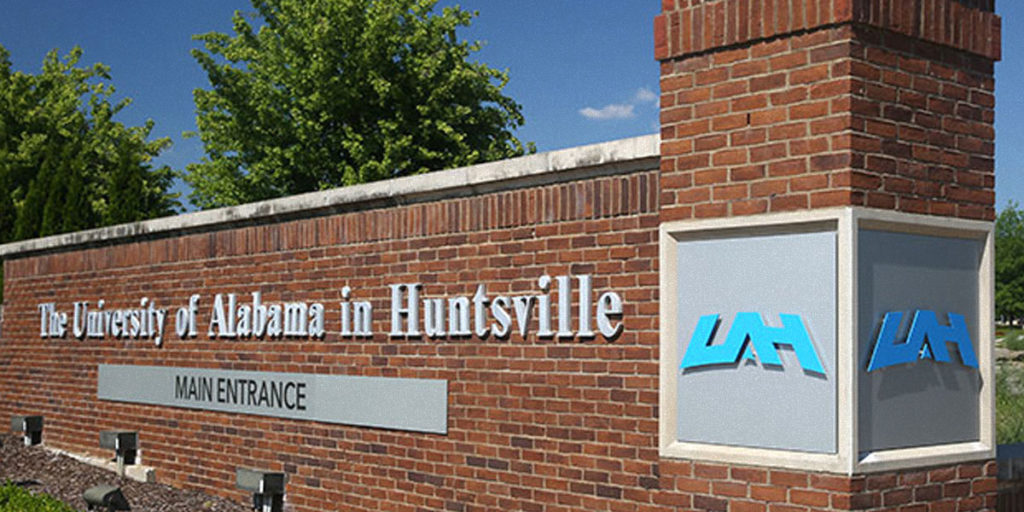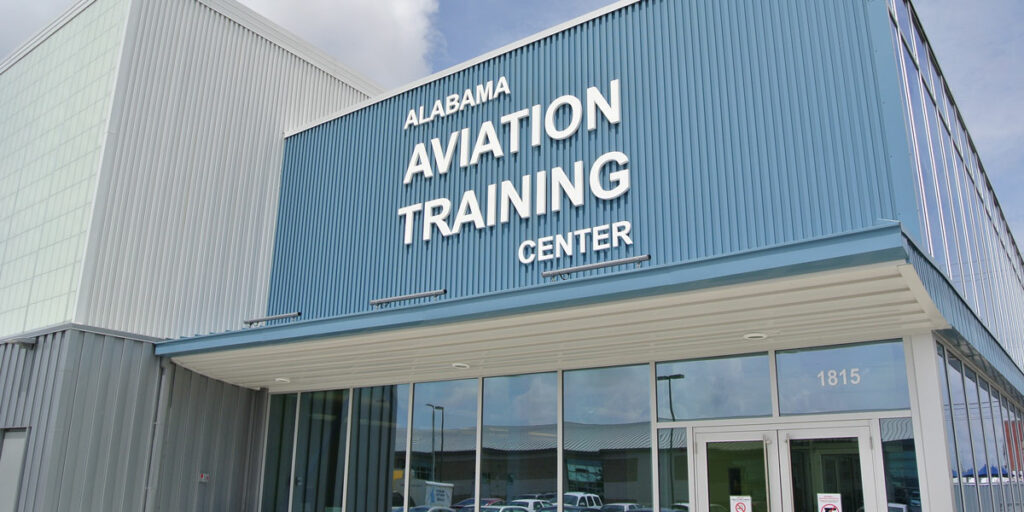Two research centers at The University of Alabama in Huntsville (UAH) will provide expertise to a newly formed, $360 million university alliance led by the University of Alabama (UA) to better predict water-related hazards and manage the nation’s water resources.
UAH, a part of the University of Alabama System, is a member and collaborator in the new Cooperative Institute for Research to Operations in Hydrology (CIROH). CIROH is composed of 28 academic institutions, non-profit organizations and government and industry partners across the United States and Canada. It is being funded for five years by the National Oceanic and Atmospheric Administration (NOAA) and will be administered by the Alabama Water Institute.
UAH’s Information Technology and Systems Center (ITSC) will provide advanced data services and analytics, hydrologic modeling and forecasting, and the Rotorcraft Systems Engineering and Simulation Center (RSESC) will provide unmanned aircraft systems and technical capabilities to the CIROH effort.
“UAH is proud to contribute its essential computational and technical expertise to CIROH in order to better understand our nation’s water supply,” says Dr. Chuck Karr, UAH interim president.
“As a CIROH member institution, UAH will apply these core competencies of our university to conduct novel research and technology development for future water resource management with the focus of improving the National Water Model and flood forecasting capabilities,” he says.
CIROH will provide UAH with educational opportunities for students as well as teaching and research opportunities for faculty and research investigators, Dr. Karr says.
“Additionally, further engagement with the Tuscaloosa campus and the team at the Alabama Water Institute will provide more collaborative efforts within the University of Alabama System,” he says.
Dr. Sara Graves, ITSC director, and Casey Calamaio, an RSESC research engineer, will serve as UAH task leads for CIROH projects begun in their respective centers. Proposed ITSC and RSESC programs with CIROH will revolve around water and land surface elevation monitoring and decision support tools for flood forecasting.
The ITSC has been in contact with the Alabama Water Institute since its inception. ITSC will provide expertise in advanced visualization of different types of data, user friendly applications, artificial intelligence and machine learning.
“We will provide support and expertise in handling large datasets and methods on how to analyze and visualize the results,” says Dr. Graves.
ITSC will support the development of artificial intelligence-enhanced, space-based precipitation observations in the National Water Model.
“ITSC has been a leader in innovative approaches to data analytical services, modeling and applications for over 25 years in the civilian and defense sectors, incorporating remote sensing, in situ and many other types of data,” Dr. Graves says.
RSESC will provide CIROH with unmanned aircraft systems, geospatial applications and community emergency response expertise, according to Calamaio.
“We are providing sensor development for multi-level remote sensing capabilities to support the integration of satellite, airborne and in situ ground observations into the National Water Model,” Calamaio says.
RSESC will also focus on the community resilience efforts in water-related disasters.
“The RSESC’s Unmanned Aircraft Systems (UAS) Research Program collectively has decades of disaster response and emergency services experience, as well as ongoing work with the Federal Aviation Administration’s Alliance for System Safety of UAS through Research Excellence, supporting the use of unmanned systems in disaster response,” says Jerry Hendrix, director of UAS Research Programs at RSESC.
“We aim to further connect community-based emergency services organizations through crowdsourcing projects and applications, such as Community Emergency Response Teams and the Civil Air Patrol,” Hendrix says.
The CIROH consortium will develop and deliver national hydrological analyses, forecast information, data, guidance and equitable decision-support services to inform essential emergency management and water resources decisions. CIROH will advance water research in support of the NOAA’s Office of Water Prediction and reinforce the work of the National Weather Service and NOAA’s National Water Center through collaboration across the scientific community. The institute will support four broad themes:
- Water resources prediction capabilities;
- Community water resources modeling;
- Hydroinformatics;
- Application of social, economic and behavioral science to water resources prediction.
Besides UAH and UA, CIROH’s consortium members include Brigham Young University; Colorado School of Mines; Tuskegee University; University of Arizona; University of California San Diego, Scripps Institution of Oceanography; University of Hawai‘i at Mānoa; University of Iowa; University of Minnesota, Twin Cities; University of Saskatchewan; University of Utah; University of Vermont; and Utah State University.
Consortium partners include Baron Services Inc.; Coastal Carolina University; Consortium of Universities for the Advancement of Hydrological Science Inc.; Dauphin Island Sea Lab; Gulf of Mexico Coastal Ocean Observing System; Jupiter Intelligence; New Mexico State University; Oak Ridge National Laboratory; The Pennsylvania State University; RTI International; Stevens Institute of Technology; University of California, Davis; University of Illinois at Urbana-Champaign; and University of South Carolina.
(Courtesy of UAH)













